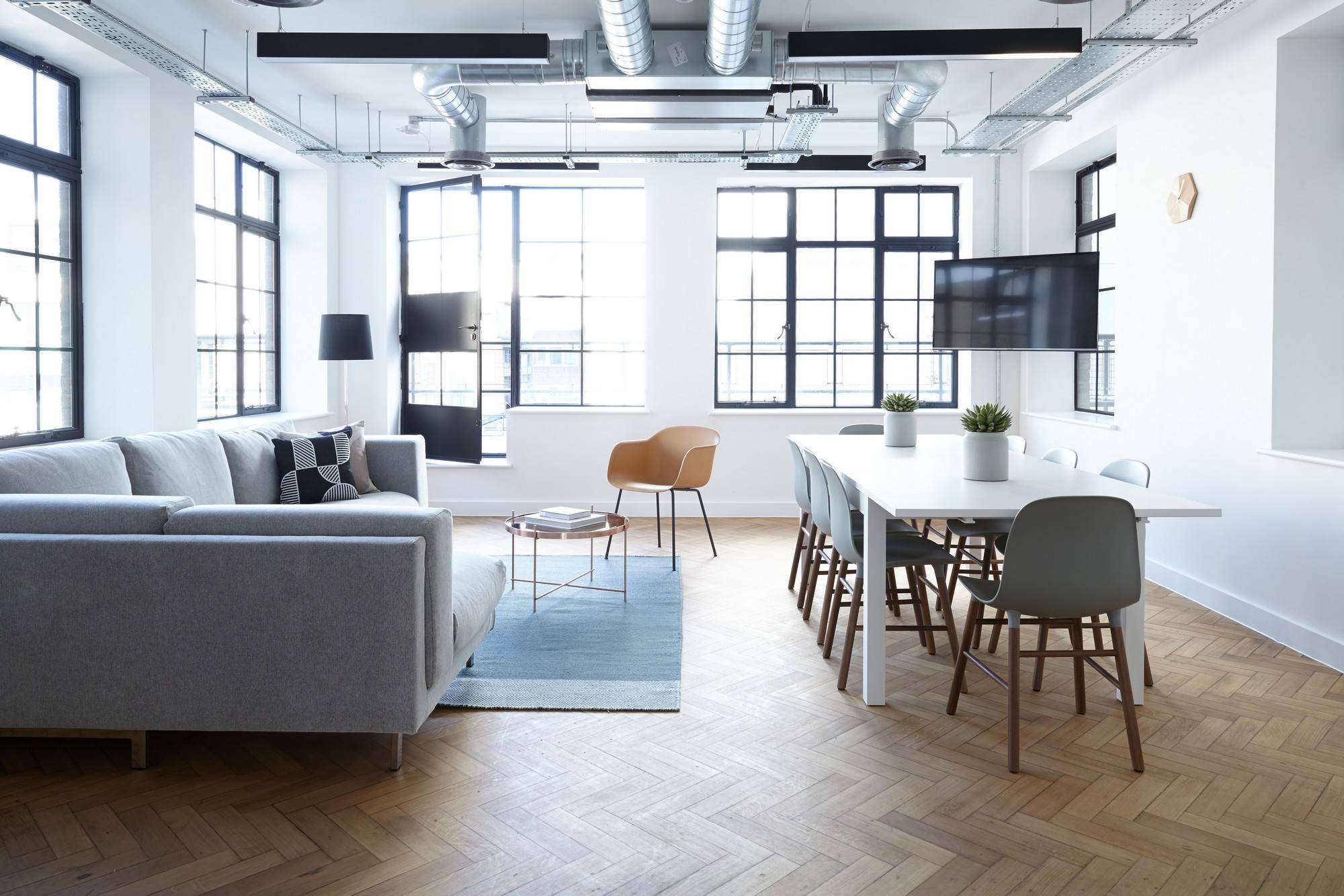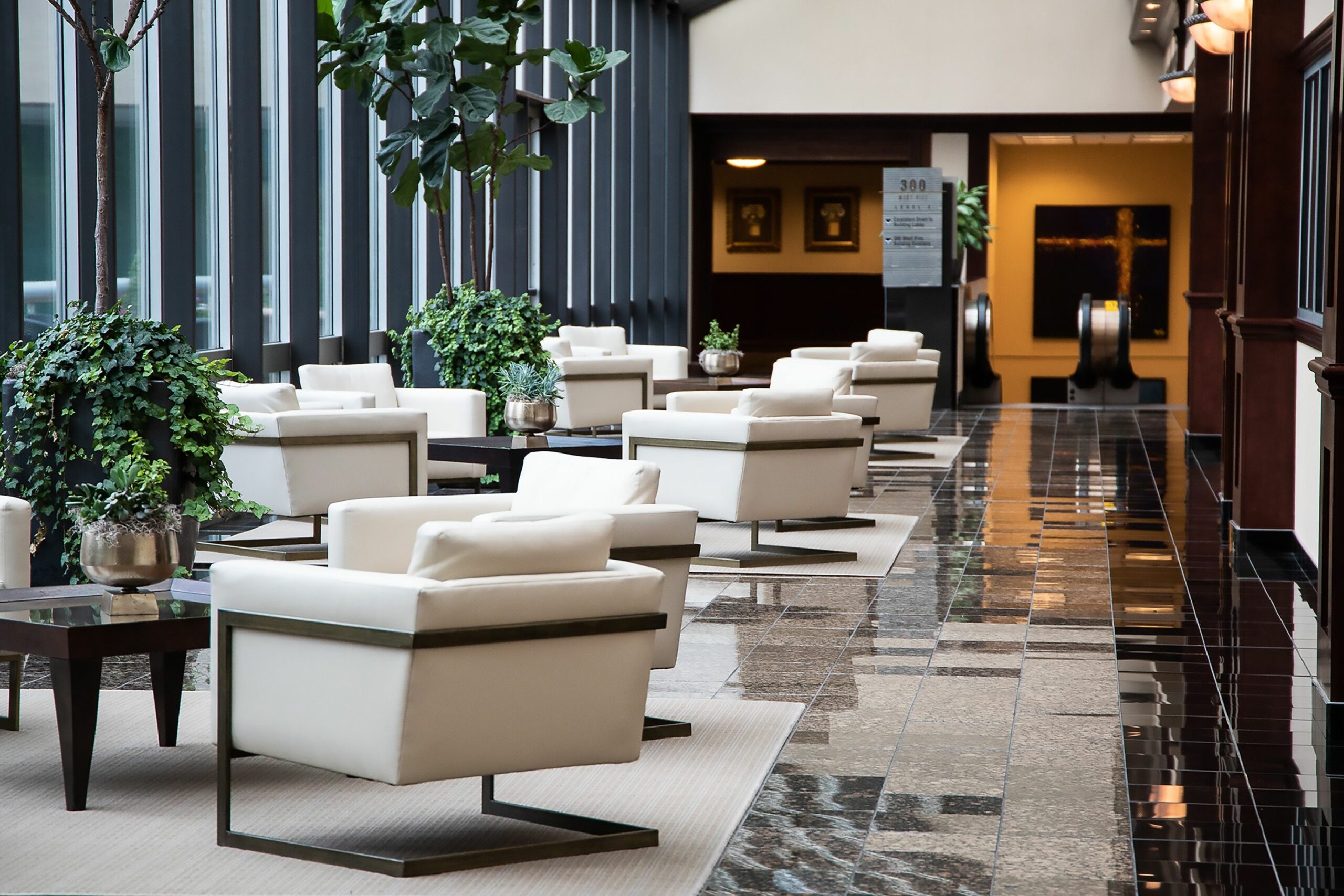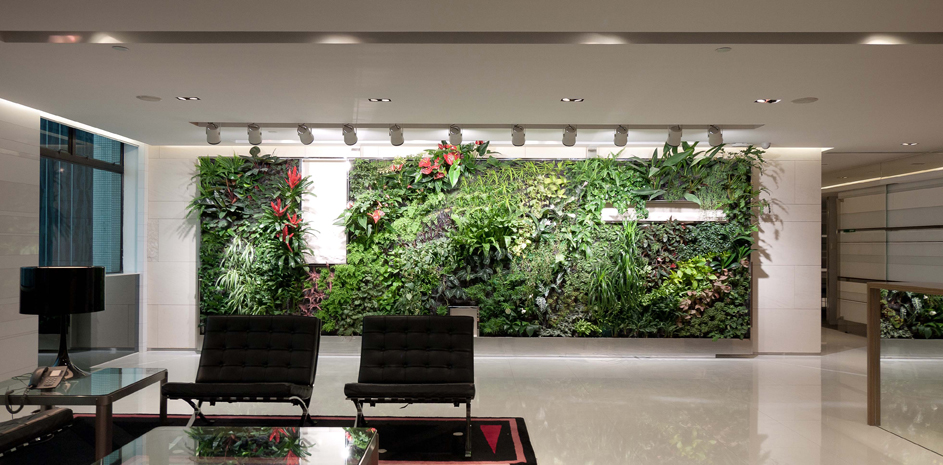
Indoor environmental quality (IEQ) affects significant facets of human life — health, performance, resilience, sleep, and comfort.
Human beings have profoundly altered their living conditions in order to create indoor environments in which they can feel comfortable.
Research guidelines from ASHRAE recommend that, since modern humans spend about 80–90% of their time indoors, creating optimal indoor environments is important — and factors that cause any discomfort, illness or dissatisfaction are linked to characteristics of the building.
Architects and designers are increasingly prioritising sustainability and eco-friendliness to meet the needs of both people and the environment — and indoor conditions of a building have become a focal point; from air quality to exposure to natural light.
After all, the built environment is a vital part of human life, it makes sense that evidence-based design decisions should be used to ensure that the indoor space provides healthful benefits to occupants.
Poor indoor experience is caused by a variety of harmful factors and can stifle productivity and affect occupant health. When it comes to understanding the relationship between health and the indoor environment, we must first understand the physical characteristics that are most likely to minimise or optimise individual physical, mental, and emotional wellbeing.
Indoor elements
Our understanding of the relationship between the health of occupants and the interior spaces they inhabit continues to evolve. Indoor environmental quality refers to the quality of a building’s environment in relation to the health and wellbeing of those who occupy space within it — and is determined by many factors, including lighting, air quality, and damp conditions.
Indoor environments are highly complex and contribute significantly to human exposure to a variety of contaminants.
While research has shown that some respiratory symptoms and illnesses can be associated with exposure to natural pollutants such as allergens, dampness and mould, it is still unclear what measurements of indoor contaminants show that occupants are at risk for disease.
The ability of our spaces to cause health effects varies, and most recently, attention has increasingly focused on materials with high levels of volatile organic compounds (VOCs). VOCs are noticeably higher indoors and harmful to air quality. Since VOCs can be released from products such as paints, varnishes, wood preservatives, office equipment, building materials.
Thankfully, health effects are usually temporary and improve once the source of the exposure is identified and removed.
As sustainable practices advance, green building materials that have low or no VOCs can help keep harmful concentrations in the air to a minimum and can help keep occupants healthy.
Natural comfort and human wellness
Physical comfort is closely related to well-being — and contributes largely to work effectiveness, satisfaction, physical and psychological balance.
Two issues are key to understanding the importance of our comfort. Firstly, our ambient preferences differ from one person to another (this is known as inter-individual differences). These differences result from a combination of influences, including cultural experiences and lifestyle.
Secondly, change is constant and a given person varies over time depending upon their state of health, activities, professional work, and so forth (these are known as intra-individual differences.)
For most of human history, people have actively adjusted the environment and their behaviour to make living and working conditions healthy and comfortable. Yet 30% of new buildings continue to be designed with a “one size fits all” approach. Very few buildings or workstations are consistent with basic physiological needs — and rarely enable occupants to control lighting, temperature, ventilation rates, or noise conditions.
Biophilic design: stress reduction, health and well-being
Over the years, the concept of biophilia has proved that beauty is not in the eyes of the beholder but rather built into their minds.
Biophilic design supports the innate human-nature connection by integrating multi-sensory experiences and design elements into the built environment.
A growing body of research consistently shows that biophilic design provides many health benefits — such as improved concentration, comfort, satisfaction, creativity, healing and overall well-being.
Building occupants who have window views of nature; from daylight to plants and flowers, experience numerous opportunities of restoration. They are less stressed and more patient, and experience overall life satisfaction, enhanced mood and better health than those who do not have visual access to the outdoors or whose view consist of built elements only. The positive effects of nature may also extend to the immune system, thereby directly affecting human physical health.
In one form or another, nature is a dominant feature of green buildings. Whether nature’s presence comes from natural materials, daylight, views of the outdoor landscapes, courtyards, natural landscaping, water features and interior designs that mimic shapes and forms found in nature, there is growing evidence of positive impacts on people. Most of the studies have focused on emotional states and stress reduction; however, there is growing evidence of a strong linkage to the development of perceptual and expressive skills, cognitive functioning, imaginative and social capacity.
9 foundations of a healthy building
At Harvard University’s T.H. Chan School of Public Health, a multidisciplinary team of experts led by Environmental Design professor Joseph Allen, are undertaking healthy buildings research to find out exactly what it means and how it sets new standards for indoor health.
The Healthy Building project is designed to be “a clear and actionable distillation of the core elements of healthy indoor environments.”
These foundations are the elements that make up the indoor built environment: air quality, thermal health, moisture, dust and pests, safety and security, ventilation, water quality, noise, lighting and views.
The 9 foundations are a standardised, holistic approach to understanding how buildings impact the people inside them.
Air quality as an essential indoor element
While all of the 9 foundations for a healthy building are essential, the element that has received the most attention is indoor air quality (IAQ).
Building attributes such as wall and roof covering, paint material and office furniture can have airborne toxins and noxious chemicals harmful to occupants’ health. Enhanced indoor air quality from reduced use of toxic and noxious materials is a core feature of green buildings.
Improved IAQ is also central to the arguments about ancillary benefits. Fisk and Rosenfeld developed a model that suggests improved air quality could result in significant reductions in illness and absenteeism associated with respiratory disease, asthma and allergies, as well as sick building syndrome symptoms.
They indicate that productivity gains and improved worker performance are a result of eliminating or reducing air pollution, improving ventilation, and utilising air cleaners.
Sick building syndrome and building-related illness
SBS is a group of health problems that are linked to being in a building or other type of enclosed spaces like offices or a dwelling.
Closure of natural openings, use of new construction material which are not properly tested and certified, various types of furniture, and office equipment could all contribute to SBS.
Symptoms may include throat irritation, breathing difficulties, body aches, dry, itchy skin rash etc.
Based on the research, SBS is attributed to poor indoor air quality. The symptoms seem to improve after leaving the hazardous building in question, only to come back when you return to the same indoor space.
Continuous monitoring of indoor air, as well as monitoring and control of all the water pipes and wet areas in order to reduce dampness, and the selection of appropriate, certified building materials are best actions to take for indoor environmental quality and reduction of SBS.
Buildings and worker performance
Maintaining a comfortable physical environment in the workplace is vital. Optimum environmental conditions are key to work better and feel better. High-performing buildings enable employees to be comfortable, productive, healthier and have a lower absenteeism rate.
Performance is viewed as a function of these three factors acting together: ability, motivation, and opportunity. Negative impact on the ability to perform is associated with conditions that are uncomfortable, distracting, hazardous, or noxious.
In addition to the overall effect of being in a better building, green-certified office environments also positively affect these three factors by providing conditions that promote positive affective functioning, psychological engagement, and personal control.
Conclusion
The quality of the building we inhabit is critical to human health, well-being and comfort. Now more than ever, indoor environmental quality has become a matter of concern as people spend a good deal of their time inside. Architects and designers are recognising the importance of implementing healthful building practices. Design that takes into consideration the positive and negative impacts of indoor environmental conditions will potentially improve health, productivity, wellness and comfort






